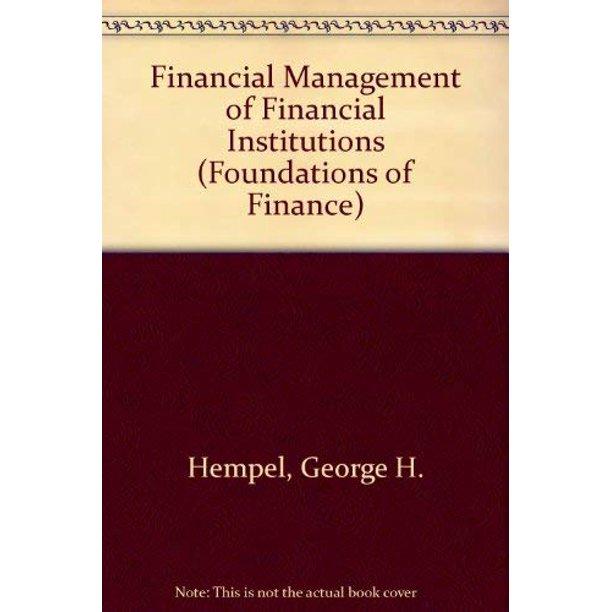Question
The next group of questions deal with the same data. The original chart will be displayed on all questions. You may have to use your
The next group of questions deal with the same data. The original chart will be displayed on all questions. You may have to use your answers from an earlier question to be able to solve the answer on a later part. You can go back to that question to see your work if you didn't write it down elsewhere. I recommend that in your answer, you show the work you are computing to answer the question, so that I might be able to give some extra credit points to you in the event that your answer is not correct. You are interested in investing, and are considering a portfolio comprised of the following two stocks. Their estimated returns under varying market conditions are provided: (note: it is difficult to get this to format precisely, but the first number you see after the name of the economic scenario, such as "economy sluggish" is the probability of that scenario. Then the next number is A's expected return in a sluggish economy, followed by B's expected return in a sluggish economy. To clarify, the Probability of a sluggish, normal, or boom economy is .3, .4, and .3 respectively. The expected returns for A for sluggish, normal, and , boom are .16, .06, and -.02 respectively. Finally, the expected returns for B for sluggish, normal, and boom are -.05, .1, and .21 respectively.This basic table will be used in all sections of this problem, so the overall predicted returns for A and B will not change.)
Step by Step Solution
There are 3 Steps involved in it
Step: 1

Get Instant Access to Expert-Tailored Solutions
See step-by-step solutions with expert insights and AI powered tools for academic success
Step: 2

Step: 3

Ace Your Homework with AI
Get the answers you need in no time with our AI-driven, step-by-step assistance
Get Started


